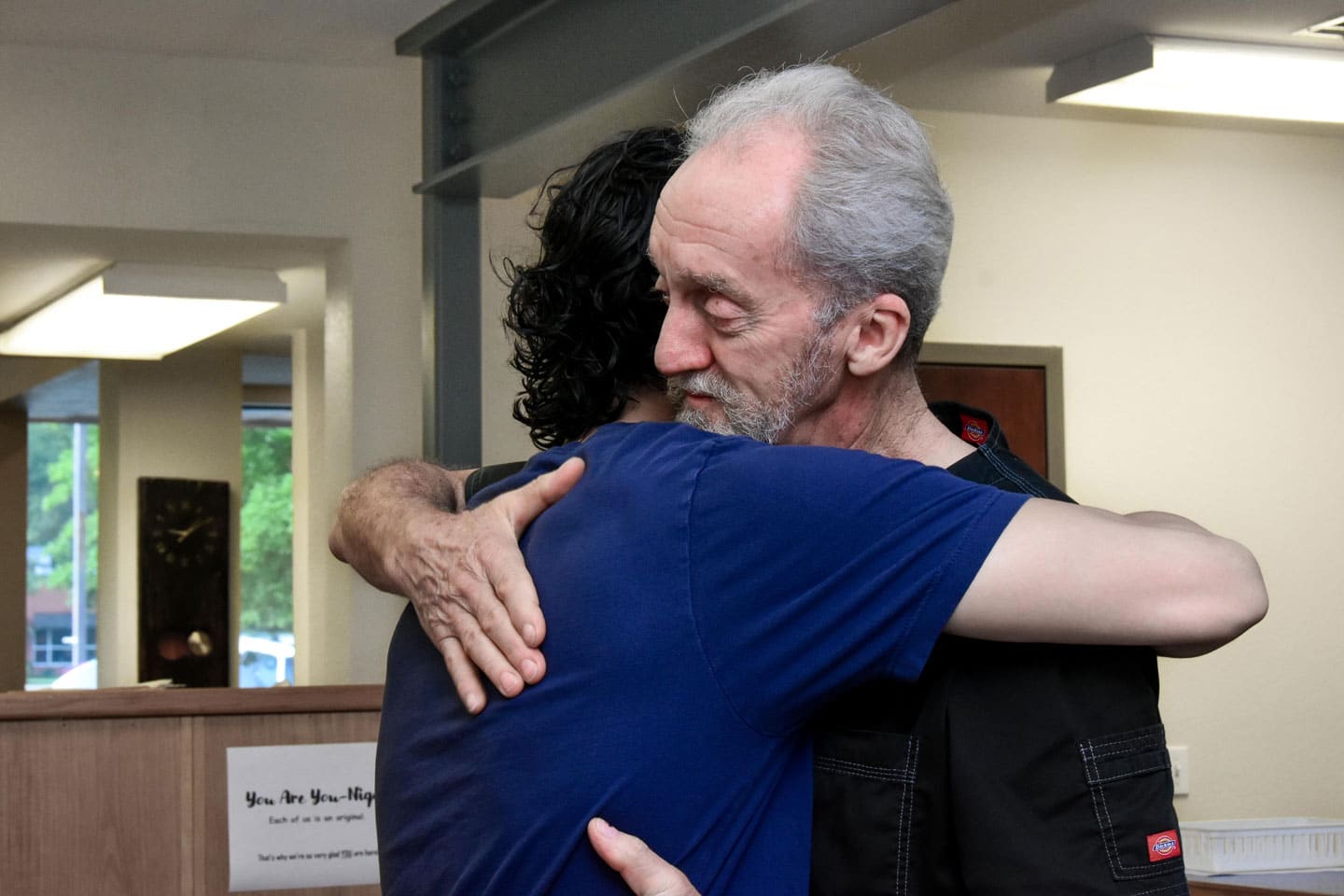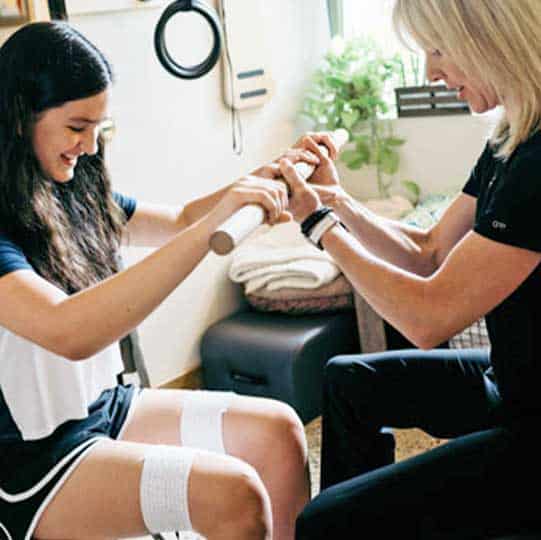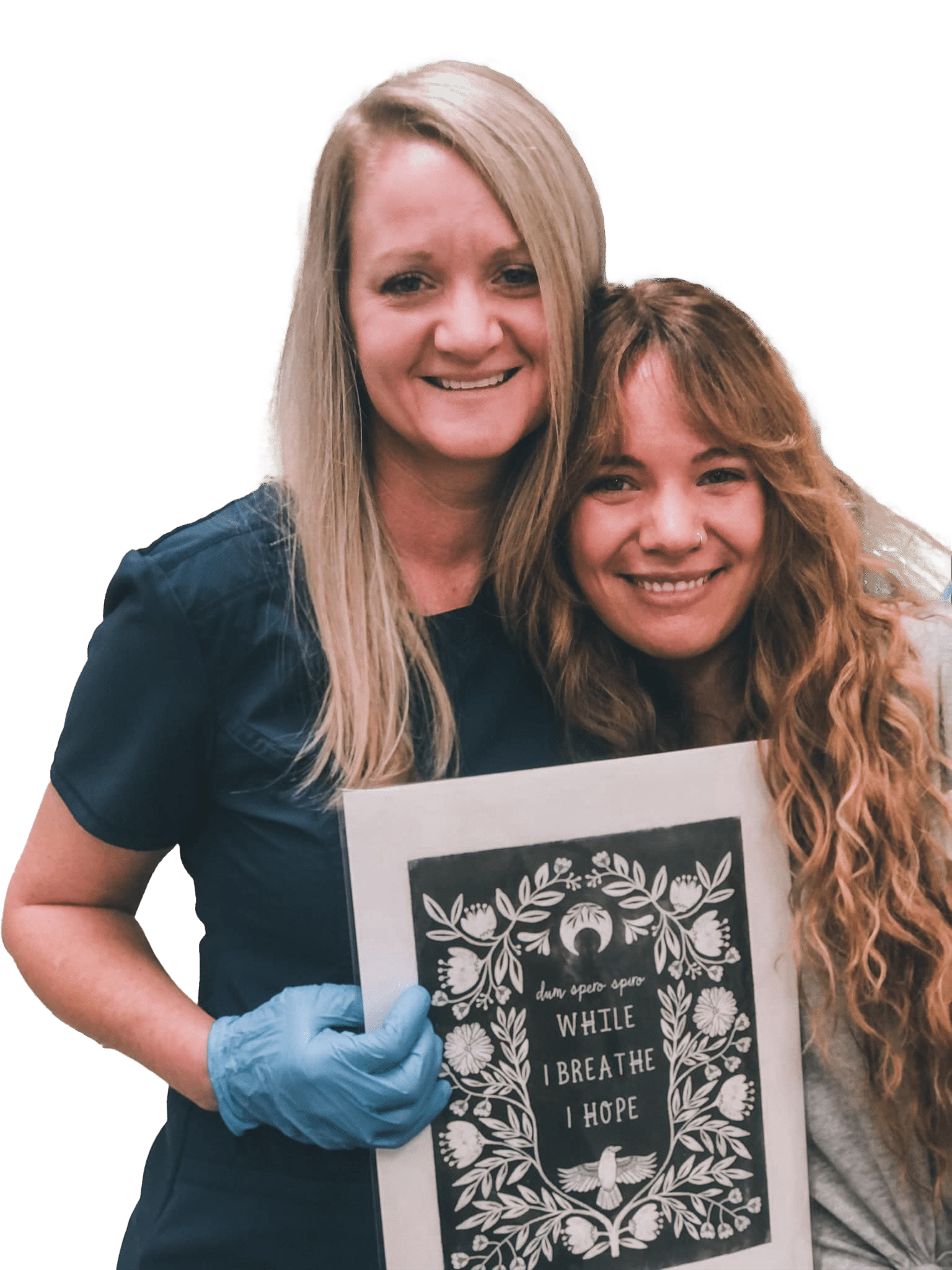Ten years ago, I first started examining the connection between chronic severe pain and the Autonomic Nervous System. I developed a unique system that aims to aggressively and successfully rehabilitate the Central Nervous System. While the majority of our early patients suffered from Complex Regional Pain Syndrome (CRPS), we invariably had patients suffering from Ehlers Danlos Syndrome (EDS) wondering if we could help them. Since EDS has a large genetic component, I was uncertain about our potential success. However, we were greatly surprised at how successful our system was for EDS patients. I have since grown to view genetic variances resulting in pain as just another hurdle to overcome. This hurdle may be overcome by up regulating the Central Nervous System to compensate for genetic weaknesses.
You may wonder how the answer for chronic pain with a clear genetic footprint may be so seemingly simple. You may also wonder how a chiropractor (of all professions) is able to help such a serious condition. The difference can be found in my education (which started in my childhood, growing up in a holistic family, raised by a successful chiropractor in South Africa). Medical doctors are trained to believe that pain is wrong, and that sometimes, the body fails to repair itself. Medicine also believes that faulty genetics is a cross to bear, as this cannot be changed.
Allopathic Medicine & EDS Pain
In this instance, allopathic medicine attempts to assist patients to accept and live with pain. Pain is attempted to be minimized, allowing the patient to live a semi-normal life. This is done by interrupting, numbing or interfering with the pain signal. The root of disease is rarely addressed, and if so, it is most often seen as a genetic weakness, to be managed by pharmaceuticals. The philosophy that I was raised with believed something quite the opposite.
The tenets of chiropractic stated that the body is intelligent, governed by the central nervous system, and capable of healing even the most horrific injuries or condition if able to function correctly. It stated that pain is not a mistake to be numbed, but a cry for help from the body for attention from the nervous system.
Genetic weaknesses can be seen as a Pandora’s box, which means that given the right conditions, the body can overcome many of these weaknesses, unless a key (physical, chemical or emotional stress) unlocks it. This box can be locked back up. I just needed the correct tools.
I set out to build a program to heal the central nervous system from within. My philosophy was one of unending hunger for perfection. You see, my father taught me early in life that a good physician is not driven by the people they help as much as the people they cannot help. My criteria for treatments, modalities and systems were that they had to be minimally invasive and that their outcome would be to help the body function better from within, allowing the patient to heal. I felt undaunted by the commonly accepted belief that certain conditions simply could not heal and should be accepted.
Fast forward ten years later, and my dream of helping the hopeless is still a work of progress. What a magnificent work of progress, however. To date, my highly trained team and I have treated many patients suffering from EDS. Our reputation has grown (in a large part due to word of mouth and social media). While we are still attempting to break through and be accepted by the mainstream EDS establishment, our success stories are undeniable.
Our treatment system is one I call “shock and awe”, meaning, we have precious few weeks to give a hopeless patient hope again. You see, most of our patients are desperate and fearful when they start. Their biggest fear is that they will face disappointment once again. It is our job to help them gain trust in their body’s ability to heal again. To achieve this goal, I have gathered treatments and modalities from all over the world. If something is not consistently successful, it is replaced by another more effective treatment. These treatments are delivered in unison over (on average) a three-month period for maximum effectiveness.
We believe that together, our treatments all have the same goal: healing the central nervous system.
When delivered in this way, they increase the chances of success in a synergistic fashion.
Hypermobile EDS (HEDS) characteristics
Hypermobile Ehlers-Danlos syndrome (hEDS) is a serious disorder usually associated with your family history. The main cause of it is a problem with the protein called collagen. Among the types of EDS, this one is typically classified as the least severe, but still, some serious complications can appear with it. Even though hypermobile EDS is considered a genetic disease, the genes responsible for it have not yet been found. Nevertheless, it has been noticed that it follows an autosomal dominant pattern of inheritance. It means that in order to inherit it, a mutation in only one copy of the responsible gene is necessary for every cell.
In many cases, a patient inherits hypermobile EDS from their parents, but it can also happen that this disease develops from new mutations in the genes. Therefore, even those people who have no Ehlers-Danlos syndrome in their family history can fit in the diagnostic criteria. It should be remembered that the risk of transmitting hypermobile EDS to a child is relatively high as it reaches 50%.
The Diagnosis of Hypermobile Ehlers-Danlos Syndrome
Unfortunately, there is no test that could clearly point to hypermobile Ehlers-Danlos syndrome. Thus, the clinical diagnosis must be based on careful physical examinations and an interview with the patient.
There are three diagnostic criteria that need to be simultaneously present to confirm this disease. They are very complex, but to make it short, these are the simplified points to take into account:
- Generalized joint hypermobility
- The presence of at least two of these features (in any combination):
- having one or more first-degree family members who meet the present diagnostic criteria for hypermobile EDS.
- noticeable symptoms of connective tissue disorders (there must be five out of twelve to meet this criterion)
- musculoskeletal complications (at least one out of three needs to be present)
- The presence of all of these factors:
- The exclusion of other diseases from the joint hypermobility spectrum (including connective tissue laxity and hypotonia) the absence of untypical skin fragility the exclusion of autoimmune rheumatologic conditions and other acquired connective tissue disorders
The Symptoms of Hypermobile Ehlers-Danlos Syndrome
The most typical signs and symptoms of hypermobile EDS are the following:
- joint hypermobility (meaning that your joints are more flexible than normal, what is usually painful) in both large (knees, elbows) and small joints (toes, fingers)
- constant tiredness
- joint pain and clicking
- constipation, heartburn or other digestive issues
- elastic, soft skin that tends to bruise easily
- internal organ problems, for example, organ prolapse or mitral valve prolapse
- joint instability (tendency to dislocate easily)
- stress incontinence (bladder control issues)
- an increased heart rate and dizziness after standing up
- osteoporosis
- early-onset osteoarthritis
- autonomic nervous system dysfunctions
- increased risk of pregnancy complications
- increased risk of pelvic prolapse
- chronic musculoskeletal pain (meaning that it involves both bones and muscles)
- abnormal scars
- Coinfections (viral and/or bacterial, usually under diagnosed and missed by many
- medical professionals.
- Gastroparesis (GI dysfunction)
- Widespread, intense pain
- Chronic bladder infections and pain (Intersticial Cystitis)
- Co- morbidity of other conditions, such as POTS (Postural Orthostatic
- Tachycardia Syndrome) and CRPS (Chronic Regional Pain Syndrome)
- Chronic anxiety
The Nervous System’s Role in EDS
We have found that for some EDS symptoms to express itself, dysautonomia has to be present. For example, a healthy balanced EDS patient may always be very flexible.
They do NOT have to accept a life sentence of chronic pain, however. Dysautonomia is a malfunction (or imbalance) in the Autonomic Nervous System. This is the system that controls your body without you having to consciously think about it. An easy example is taking a walk. Deciding to take a walk is a conscious thought. That is the motor part of the nervous system that we control. However, when our heart rate speeds up while we are walking and our blood pressure rises in order to deal with the demand of oxygen by our muscles, that is the Autonomic Nervous system at work. Our skills lie in bringing balance and strength to the patient’s central nervous system, with a special emphasis on the autonomic nervous system.
Never Lose Hope
Forget any claims that you will never be able to live a healthy life after an EDS diagnosis. Your body is amazing, and it is capable of healing itself if it is provided with sufficient help and support. We are in touch with many people that have successfully recovered from Ehlers-Danlos syndrome, and each of them may bring you more hope. Some of our past EDS patients live very active lives, such as snowboarding and cheerleading.
With fragile blood vessels and skin that bruises very easily, you may think that your body is too weak to defeat EDS, or that you were dealt an insurmountable genetic short straw. However, in our clinic, we have a saying: “It only takes seeing one white crow to know that not all crows are black”.
If even a single very symptomatic EDS patient’s body is able to heal from within, and now live an active life, we now know that this feat is possible.
14 Week Pain Relief Program
We have created a revolutionary fourteen week neurologic rehabilitation program that has helped other EDS patients in an as short time as just three-four months.
Do not ever think that you have tried everything if you have not signed up for our program yet. The road to a balanced nervous system is hard work, and it requires you to have hope again, which may be petrifying. What if this treatment fails also? You must pause and ask yourself…what if it doesn’t? What if you fly?
If you or a loved one is in chronic neurologic pain, book a free consultation with us.
You can also call us for free at (479) 304-8202 or start your patient journey by filling out the form on the Get Started page to get more information about the Spero Clinic’s neurologic rehabilitation program.





